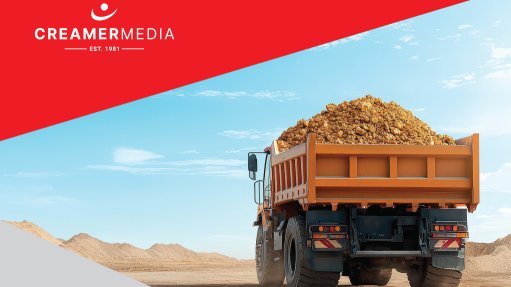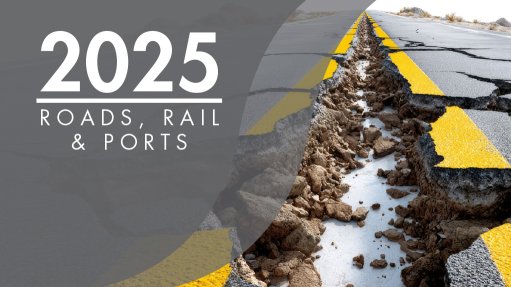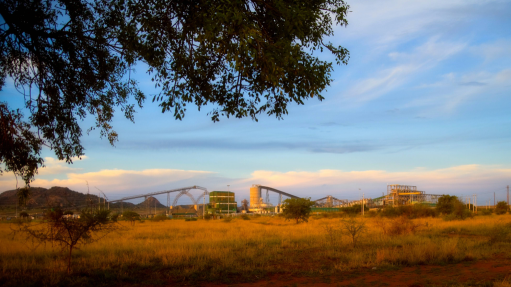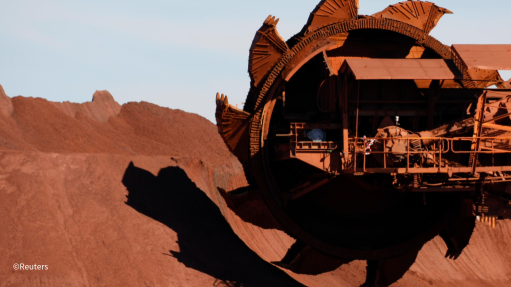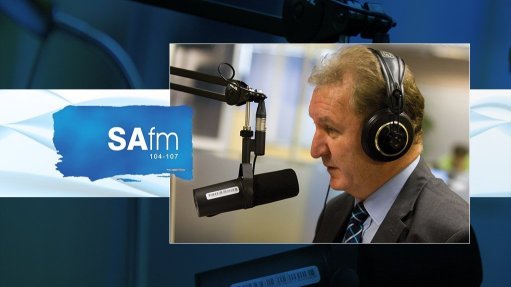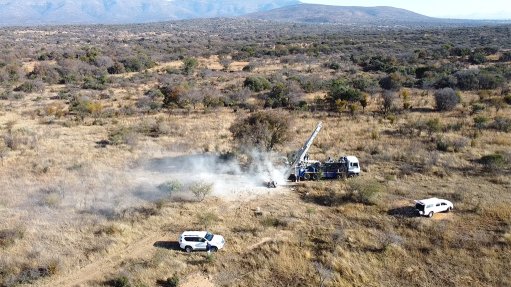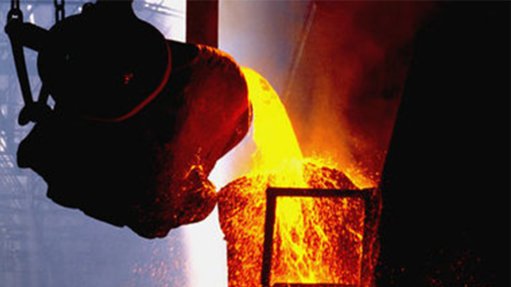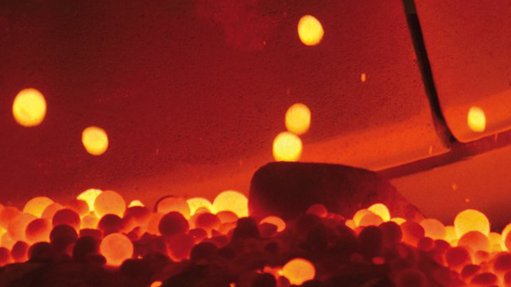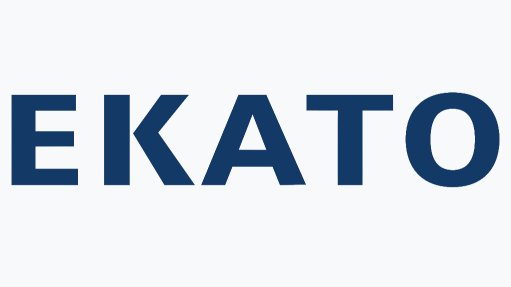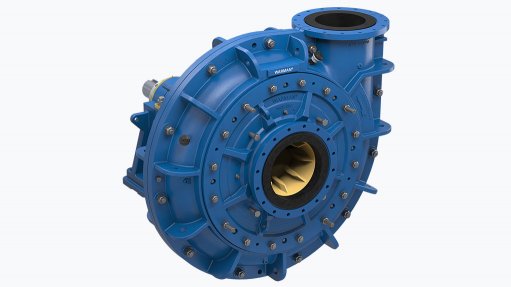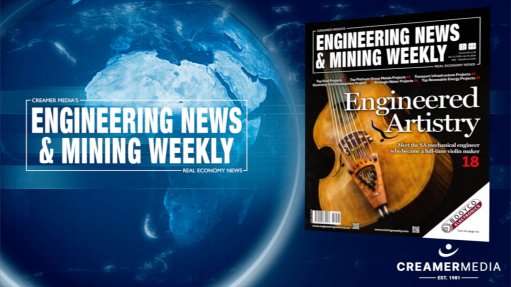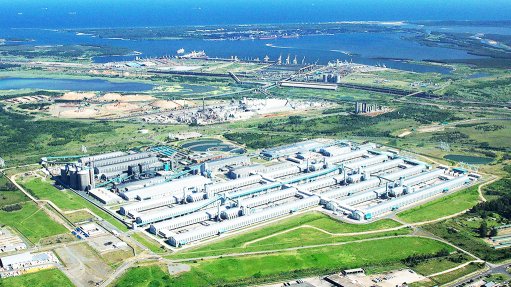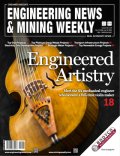Digital 3D scanner improves volume calculations
To address challenges of traditional bulk density measurement methods, such as those used for friable materials, mine equipment supplier Veracio’s volumetric bulk density (VBD) system improves the accuracy, consistency and repeatability of volume calculations, says global commercial VP Angus Tod.
“Measuring density in fragmented material has always been a complex task. With VBD, we’ve achieved a systematic and verifiable measurement that significantly improves mineral resource estimation.”
As bulk density is a fundamental parameter in mining, it directly influences resource and reserve estimates, as well as the economic viability of a deposit. Yet, when the material is unconsolidated or fragmented, conventional approaches, such as Archimedes’ principle, even with wax coating, often fail.
Tod says the sample is first weighed in the air before being immersed in water, where the sample experiences an upward buoyant force, equal to the weight of water it displaces.
It is this force that will determine whether an object floats, sinks or remains suspended. As a result of the sample being buoyant in water, the difference between the two weights can be used to calculate the sample’s density.
“While effective, Archimedes’ principle can be problematic with friable [weak or broken] material, as water can disaggregate the sample and introduce significant error,” states Tod.
Another method of calculating the sample’s density is using volumetric weight, where the weight of the sample is taken directly, while the volume is estimated using the length and diameter of the drill core, which is measured with a calliper, after which a cylinder volume formula can be applied.
However, with friable materials, Tod says that estimating the true volume of the sample becomes difficult, as it introduces a high degree of human error and inconsistency, with different operators often producing different results.
To address the limitations caused by friable materials, a wax-coating method is sometimes used on friable samples; however, this approach has drawbacks, as extremely broken material cannot be coated effectively.
In this context, Veracio’s VBD system, equipped with light-detection and ranging (LiDAR) sensors within its scanning instruments, can precisely and systematically measure core volume, regardless of material competence.
The LiDAR sensors can replicate measurements on the same core repeatedly, reducing human error and ensuring reliable density values.
This repeatability and accuracy are critical factors for resource estimation, where density is a key parameter, in addition to providing consistent and unbiased measurements, particularly for friable or broken material, says Tod.
The VBD system uses 3D digital scanning to generate precise volumetric models of every sample without altering its shape or structure, resulting in repeatable, auditable measurements that reduce dependency on subjective interpretation.
“There are no limitations. [The VBD system] is suited to all material types, but there are significant improvements to existing techniques for material that is extremely friable.”
The method employed by the VBD provides the “best results” in comparison to other techniques, as once the sample has been scanned with the core scanner, the VBD system can provide a same-day results turnaround, adds Tod.
Measurement Collection
“Traditionally, measurements are probably collected in a spreadsheet on a computer, so someone is estimating how much core there is and writing that down, then running a calculation to produce a density value,” explains Tod.
However, this method of collection does not have a way of validating the measurement after it has been recorded.
Should the recorded measurement be incorrect, the sample will need to be re-weighed and/or its volume re-measured – during which the core’s physical attributes might have changed.
The VBD system saves the core’s 3D model it has created, thereby enabling an operator to recreate the measurement repeatedly.
“If you’ve . . . an issue with one of the [measurement figures] later . . . you can go back and recreate that number and interrogate what was done with those files, and you can actually see whether you’re happy with that number or not,” Tod explains.
However, he points out that this reliable repeatability cannot be done with the measurements captured by humans on site, and that capturing more accurate and repeatable data has a direct impact on decision-making during project evaluation.
“Beyond precision, the system ensures a digital, auditable record of the process, minimising variability introduced by operator judgment. For companies working in geologically complex environments, this objectivity can mean the difference between advancing with confidence or facing costly estimation errors,” he concludes.
Article Enquiry
Email Article
Save Article
Feedback
To advertise email advertising@creamermedia.co.za or click here
Announcements
What's On
Subscribe to improve your user experience...
Option 1 (equivalent of R125 a month):
Receive a weekly copy of Creamer Media's Engineering News & Mining Weekly magazine
(print copy for those in South Africa and e-magazine for those outside of South Africa)
Receive daily email newsletters
Access to full search results
Access archive of magazine back copies
Access to Projects in Progress
Access to ONE Research Report of your choice in PDF format
Option 2 (equivalent of R375 a month):
All benefits from Option 1
PLUS
Access to Creamer Media's Research Channel Africa for ALL Research Reports, in PDF format, on various industrial and mining sectors
including Electricity; Water; Energy Transition; Hydrogen; Roads, Rail and Ports; Coal; Gold; Platinum; Battery Metals; etc.
Already a subscriber?
Forgotten your password?
Receive weekly copy of Creamer Media's Engineering News & Mining Weekly magazine (print copy for those in South Africa and e-magazine for those outside of South Africa)
➕
Recieve daily email newsletters
➕
Access to full search results
➕
Access archive of magazine back copies
➕
Access to Projects in Progress
➕
Access to ONE Research Report of your choice in PDF format
RESEARCH CHANNEL AFRICA
R4500 (equivalent of R375 a month)
SUBSCRIBEAll benefits from Option 1
➕
Access to Creamer Media's Research Channel Africa for ALL Research Reports on various industrial and mining sectors, in PDF format, including on:
Electricity
➕
Water
➕
Energy Transition
➕
Hydrogen
➕
Roads, Rail and Ports
➕
Coal
➕
Gold
➕
Platinum
➕
Battery Metals
➕
etc.
Receive all benefits from Option 1 or Option 2 delivered to numerous people at your company
➕
Multiple User names and Passwords for simultaneous log-ins
➕
Intranet integration access to all in your organisation




